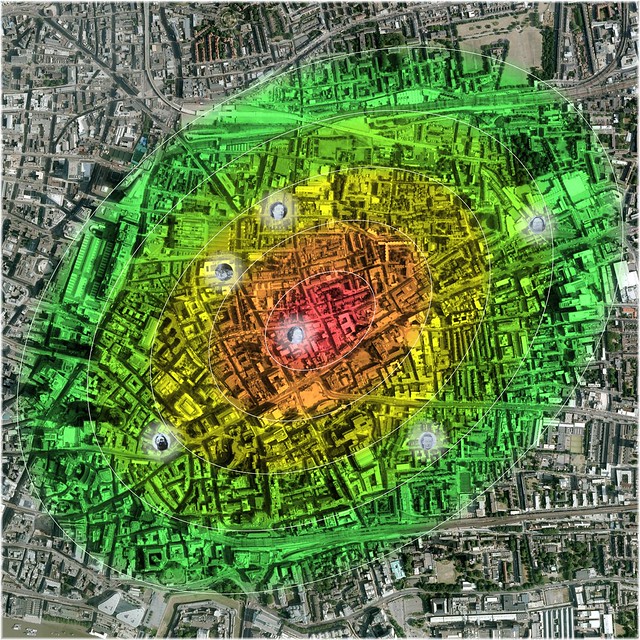Originally posted by Colin Roberts
View Post
You will know that the first man to speak of the correspondance with the routes to work was Connor, not us.
But he did have a very good point, and still has, I believe.
Lechmere was a family man. He left his family to go to work early in the mornings. That was where he had a window of opportunity that we can realize was there. The victims seemingly died early in the mornings. The correspondance is there.
More pertinently, the victim we know he was found by WAS killed as he was on his way to job.
Edward holds the opinion that Chapman could have died later in the day than when he made his morning trek. I instead think that Phillips may have been correct, and I do count Chapman in as a possible work trek victim. I know Edward does not exclude the possibility.
I cannot see why it would muddy the waters, to go along with the evidence like this. Of course, if he did not work on the days when Tabram, Chapman and Kelly died, then he could have killed them when being off work. But since they were working days, I think the better presumption must be that he went to work on these days.
The fact that an intimate knowledge about the area would have followed with his work trek goes without saying, methinks.
All the best,
Fisherman


Comment